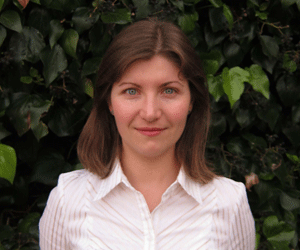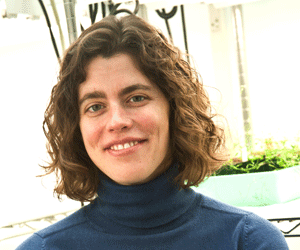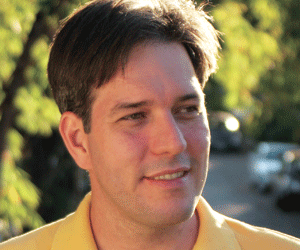3 Pew-Supported Scientists Make '40 Under 40' List

Pew scholar Viviana Gradinaru

Pew scholar Mary Gehring

Pew Latin American fellow Dario Zamboni
The journal Cell commemorated its 40th anniversary by releasing a series of interviews May 2, 2014, with 40 scientists under age 40—including 2011 Pew scholar Mary Gehring, 2013 Pew scholar Viviana Gradinaru, and 2003 Pew Latin American fellow Dario Zamboni.
Gehring, a member of the Whitehead Institute for Biomedical Research in Cambridge, Massachusetts, studies gene inheritance using the weed Arabidopsis thaliana as a model organism. (Read “Learning How Genetic Seeds Are Sown” to learn more.) When asked about the difficulties facing young researchers trying to begin a career, she told the publication: “Despite the challenges, it is a really exciting time to be a scientist. Changes in technology are making many approaches possible that I wouldn't have thought of even when I started my lab just 3 years ago.”
Gradinaru, an assistant professor at the California Institute of Technology, is interested in the cellular mechanisms underlying neurological disorders such as Parkinson's disease. She said, “I believe that people with different backgrounds can stimulate each other and create unexpected solutions to difficult challenges, so our lab is very interdisciplinary and we have diverse projects and collaborations.”
After completing postdoctoral training at Yale University as a Pew Latin American fellow, Zamboni is now head of the Innate Immunity and Microbial Pathogenesis laboratory at Ribeirão Preto Medical School at the University of Sao Paulo. His laboratory investigates the body's immune response to the parasite that causes Chagas disease and other pathogens linked to illness in the region. He acknowledged the challenges facing science in his home country, but said, “I am quite optimistic about the future, and I am sure when I finish my journey, I will leave a much better system for the following generation of Brazilian scientists.”
The full list of Cell's “40 under 40” is available here: http://www.cell.com/40/under40. To learn more about Pew's biomedical programs.











